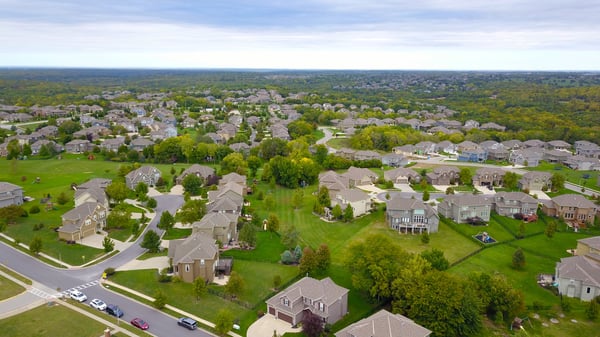At the end of 2021, French local authorities with more than 10,000 residents became legally required to comply with a new regulation. Ensuring their compliance with the requirement to implement a permanent system of continual diagnostic analysis for their wastewater treatment systems could not be achieved by cutting corners, and involved a number of stages.
To ensure that local authorities have a continuous flow of information about the operation and structural condition of their wastewater systems, the French Ministry for the Ecological Transition and Solidarity required the implementation - by the end of 2021 - of a permanent system of continual diagnostic analysis for all wastewater systems serving more than 10,000 population equivalent. Implementing this completely new process demanded a methodical approach.

To ensure that the new process would be fit for purpose, it was important to pay close attention to the management and use of existing data. Mapping, remote management and asset data are the three key databases that operators rely on today. So to ensure that the permanent system of continual diagnostic analysis is reliable, these data sources must be complete, clean and consistent, which in turn requires implementation of an entire data management system dedicated to diagnostic analysis. Acquisition, reliability, relevance verification, capitalization and analysis of available data are the main cornerstones of this system, but the amount of work involved in creating it is substantial.
The data and tools required for continual diagnostic analysis
- Ensuring the accuracy and reliability of a continual diagnostic analysis system requires the definition of rules for the naming of hydraulic infrastructures and for data acquisition. So, for example, the databases of multiple operators coexisting in the same local authority area must be made consistent with each other.
- The second stage is to improve the reliability of sensor-generated data. Reliability is particularly important in wastewater treatment, because in this environment sensors can frequently become clogged by grease, wipes, etc. Data reliability involves defining procedures for maintenance, cleaning, calibration, sensor checking and the status of uploaded data.
- The third stage involves the tools that make use of this consistent and reliable data, and can be applied as required to different parts of the wastewater system. Capitalizing on existing data and conducting simple analyses make it possible to conduct an objective assessment of a wide range of potential risks, and provide the local authority with an objective overview of its wastewater drainage systems. All of these benefits at no major additional cost for the local authority.
Common criteria, but individual diagnostic analyses tailored to the features specific to each local authority area

Continual diagnostic analysis must address the features of each local authority area, and provide a global overview of all the risks with the potential to affect wastewater drainage and treatment systems: clean water ingress, foul smell generation, pipeline corrosion, pollution of the natural environment, etc.
Identifying the few main risks of the wastewater system concerned while ignoring others and overlooking the characteristic interdependence of the risks typical to these systems could potentially reduce the effectiveness of the continual diagnostic analysis.
|
For example, a local authority may identify a major issue with clean water ingress into its system, but overlook a less immediate problem related to H2S gas (foul smells and corrosion).
But by focusing on reducing the amount of clean water entering the system, it will reduce the pipeline flow rate, thereby increasing the risk of foul smells. If the second risk has not been assessed, it will be more difficult to notice its increase before residents do!
|

The final stage in the implementation of continual diagnostic analysis is to provide local authorities with a 360° overview through the provision of topic-specific maps, analyzed data and performance indicators.
For more information, please contact us: